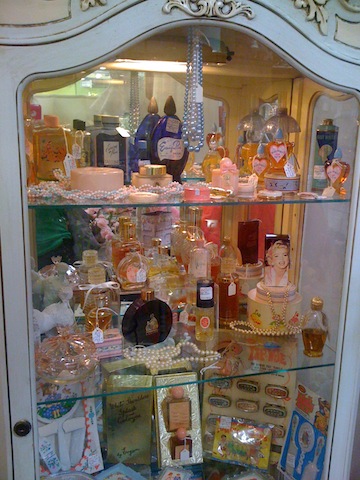Estate sales are no longer solely being held by family members of the deceased to downsize and amicably split the estate. Many people rather hold an Estate Sale, as they are far more profitable than Garage Sales. If you are trying to decide weather you should have a Garage Sale or an Estate Sale, you need know if your items have –
Collector appeal
Decorative appeal, or
Re-useable appeal
If mostly re-useable appeal then your items probably will fit into the “Garage Sale” category as you most likely have old clothing, children’s toys, baby items, household goods, and tools, camping gear and pet beds, old magazines, old blankets etc..
If your items have collector appeal and decorative appeal then an Estate Sale may be just the sale for you especially if you have a pretty good inventory of these items. Antiques, vintage, glassware, pottery, fine china, furniture, porcelain, tea cups, tablecloths, paintings, Persian rugs, art deco, retro, rhinestone jewelry, Christmas decorations, vintage clothing, collector cars, old bicycles, dolls, actually collections of cookie jars, salt and pepper shakers, lunch boxes, Fiesta, Barbie dolls, carnival glass, depression glass, Waterford, etc.. are all just some of the fabulous Estate Sale items people will pay top $$ for.
Doing research to know exactly what it is you have and how much it is sellable for is key along with advertising. The bigger names your collector and decorative items have (Waterford, Meissen, Royal Doulton, Chanel, Gucci, Mercedes, Majolica etc.) the better to advertise your sale and draw many more people to your sale to buy. It is not always easy to know what your items are worth and it can pay big time to have a professional Estate Sale company do the sale for you even if you have to pay a commission. The Estate Sale company can advertise the sale for you and many times they will arrive with shelves, tables, and cabinets and setup for the sale.
Many times you can contact local appraisers or your local reputable antique shops for appraisals, fees may run $125+ an hour to appraise your items but you need to determine what your items are worth in order to price them for sale. Also, if you have several items you might consider packing up the “best” items and taking them to a local antiques/collector fair where many times you will be able to get an appraisal right there for $10-$20 per item.
Now is the time to start gearing up for an Estate Sale or Garage Sale as we are well into Spring and this is a prime time to be selling!!
Please visit use at: Crazy4MeEBAY, Crazy4MeRUBYLANE








